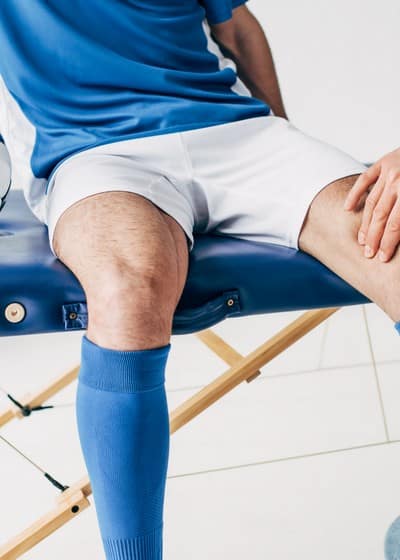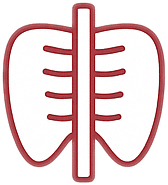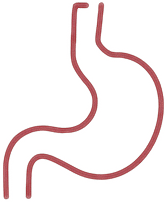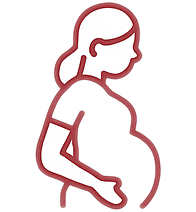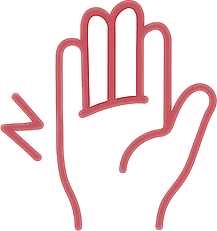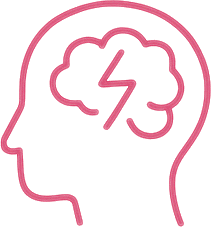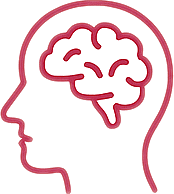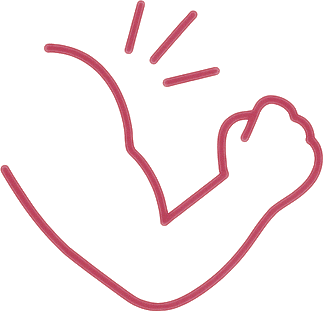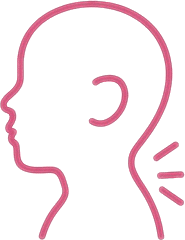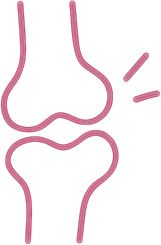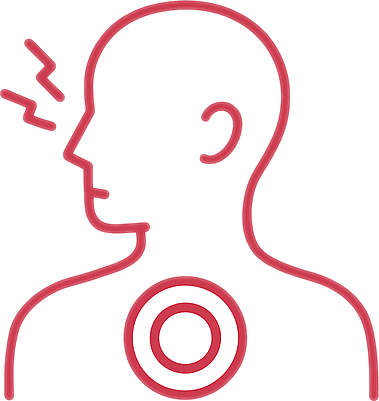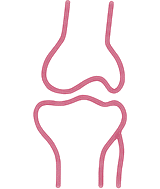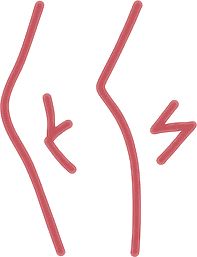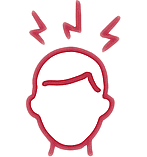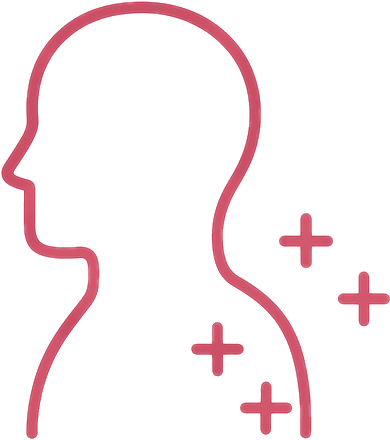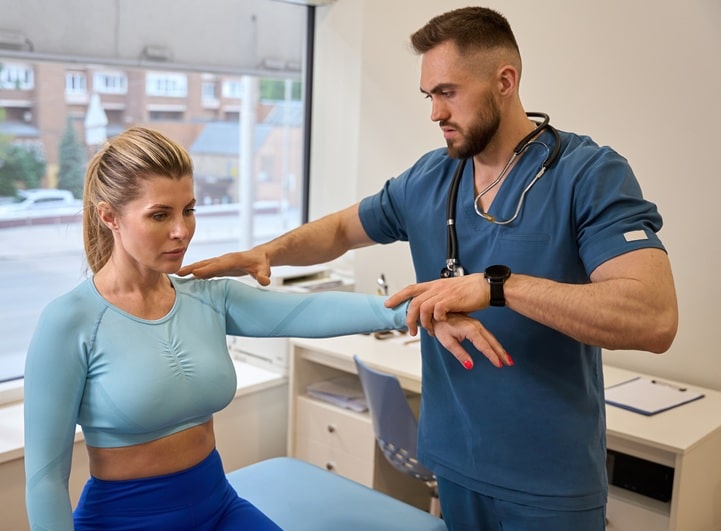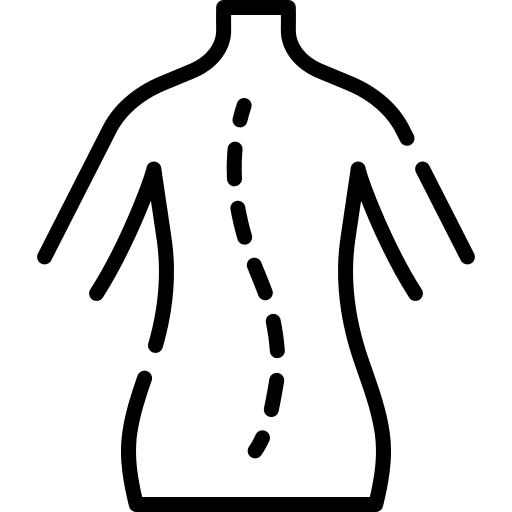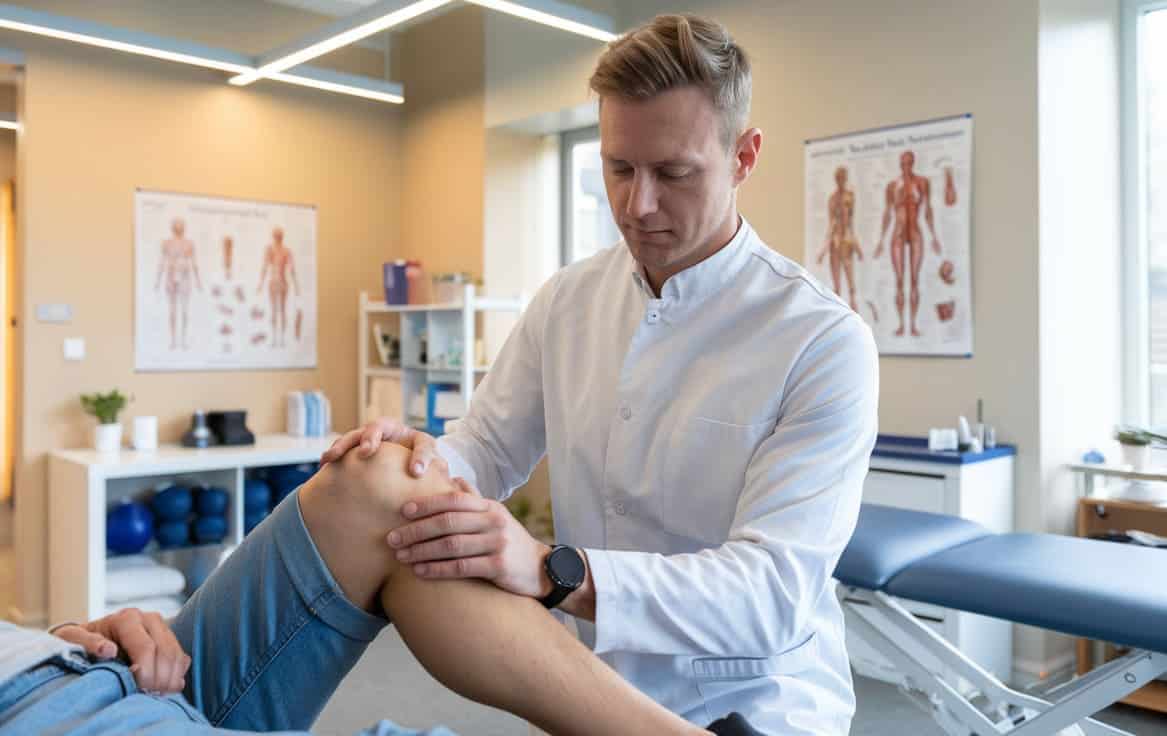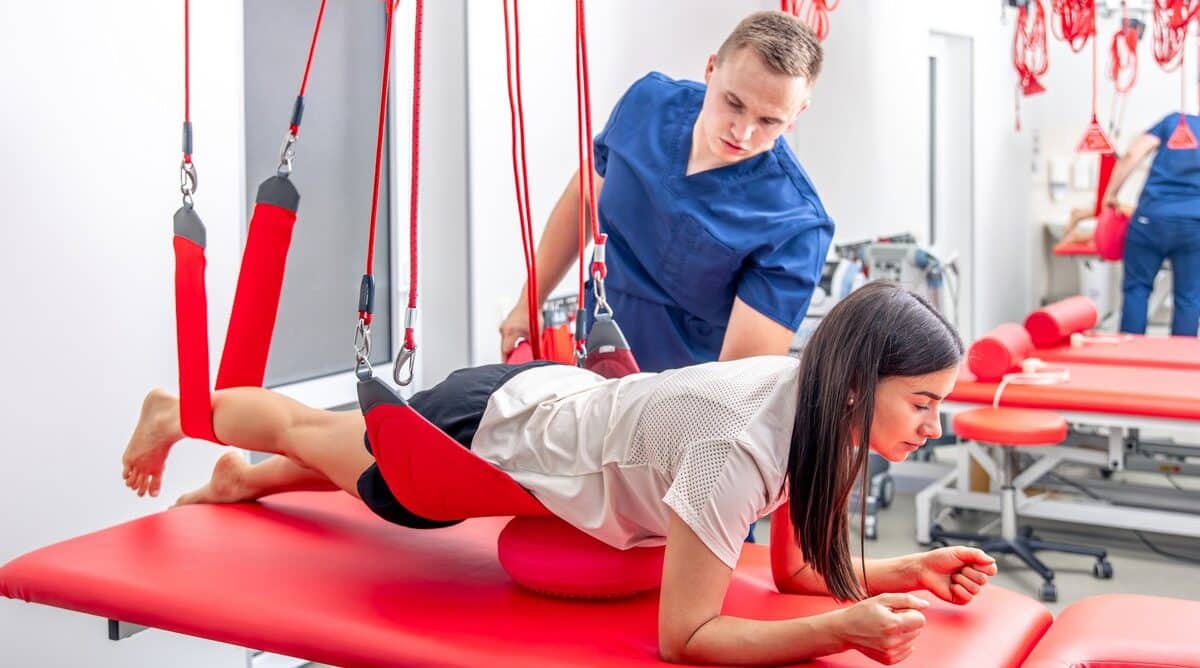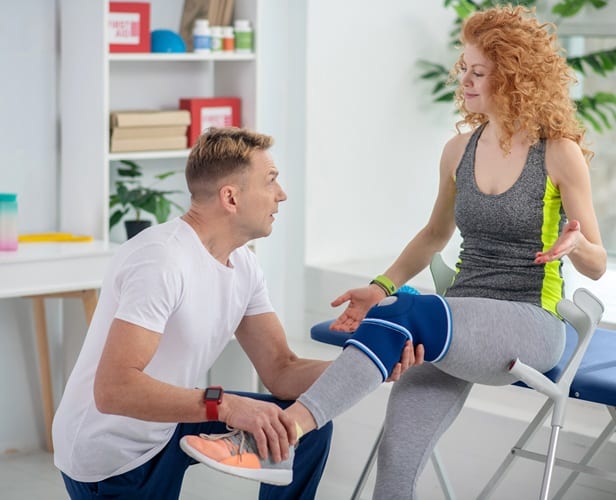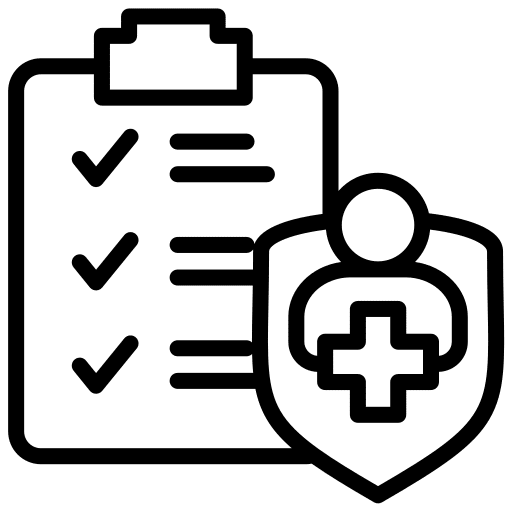Treatment aimed at swelling and inflammation delivers a cascade of changes—sometimes immediate, occasionally more gradual. Many people want to know if what they experience post-session is “normal,” how to interpret new or unexpected sensations, and when to expect improvement. Here’s a clear guide to post-treatment changes broken down into the most common patterns.
Recovery is often subtle—a shift in movement, a softer edge to pain, a sense of lightness that sneaks up on you.
Immediate Sensations and Physical Adjustments
After a session, you may notice changes right away. The affected area often feels lighter, looser, or easier to move. Inflammation-focused manual therapy—like careful joint mobilization or targeted soft tissue release—can bring a sense of “release” or mild warmth, as increased blood flow eases stiffness and resets tissue tone. Some people report a pleasant tingling, others a faint sense of relief that isn’t dramatic but signals progress. Occasionally, mild, short-lived soreness can occur as tissues adapt and circulation shifts.
Temporary Soreness or Fatigue
It’s not unusual for treated regions to be tender or exhibit mild soreness in the first 24–48 hours, especially if therapy addressed longstanding tightness or swelling. This soreness usually feels different from your original discomfort—less sharp, more diffuse, or akin to the after-effects of unfamiliar exercise. Fatigue or a mild dip in energy can parallel tissue repair, particularly after intensive or first-time sessions.
Swelling and Movement Gradients
For those with visible swelling, improvements may surface as reduced tightness, less joint restriction, or even a measurable drop in circumference. Some report subtle, cyclical changes—swelling easier in the morning, firmer at night. Improved range of motion and comfort with basic tasks (standing, walking, lifting light objects) often surface within days. Minor bruising, warmth, or color changes are rare but possible in highly reactive tissues.
Systemic and Neurological Changes
Because manual therapy also affects the nervous system, you might feel more relaxed, sleep more soundly that night, or notice a drop in pain intensity elsewhere. Conversely, occasional mild dizziness or a fleeting headache can follow intense sessions—especially if hydration or food intake was low before your appointment. These effects should fade quickly; drinking water and gentle movement help expedite resolution.
When Sensations Diverge From the Expected
Track your response: If pain noticeably worsens, swelling increases, or new symptoms (e.g., fever, redness, severe restriction) appear, contact your clinician for guidance. Such changes are rare, but being proactive ensures rapid adjustment and peace of mind.




